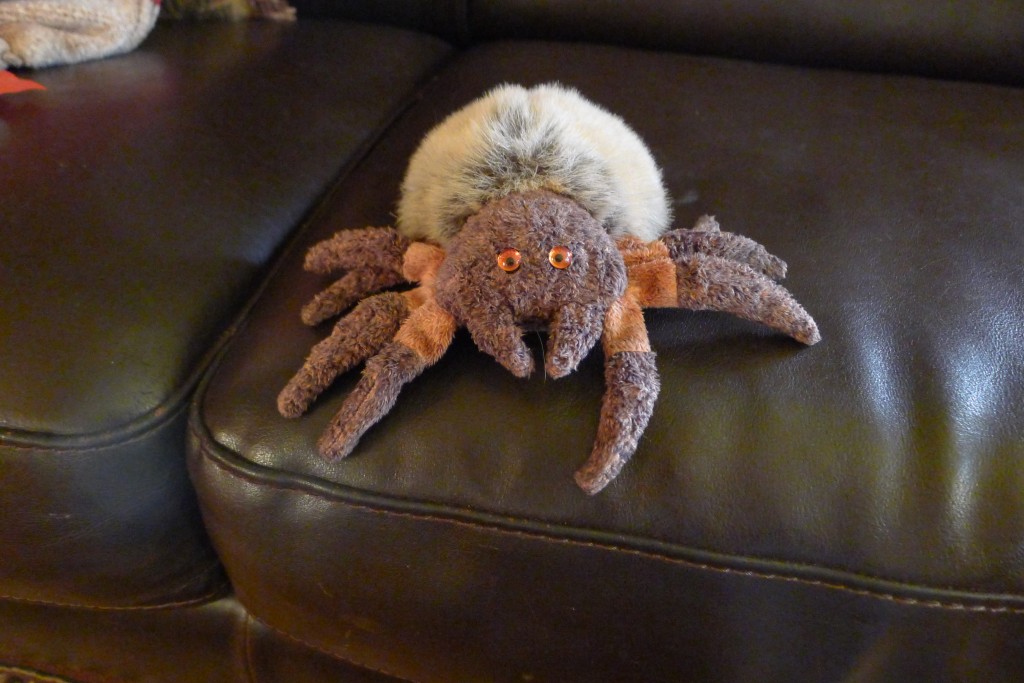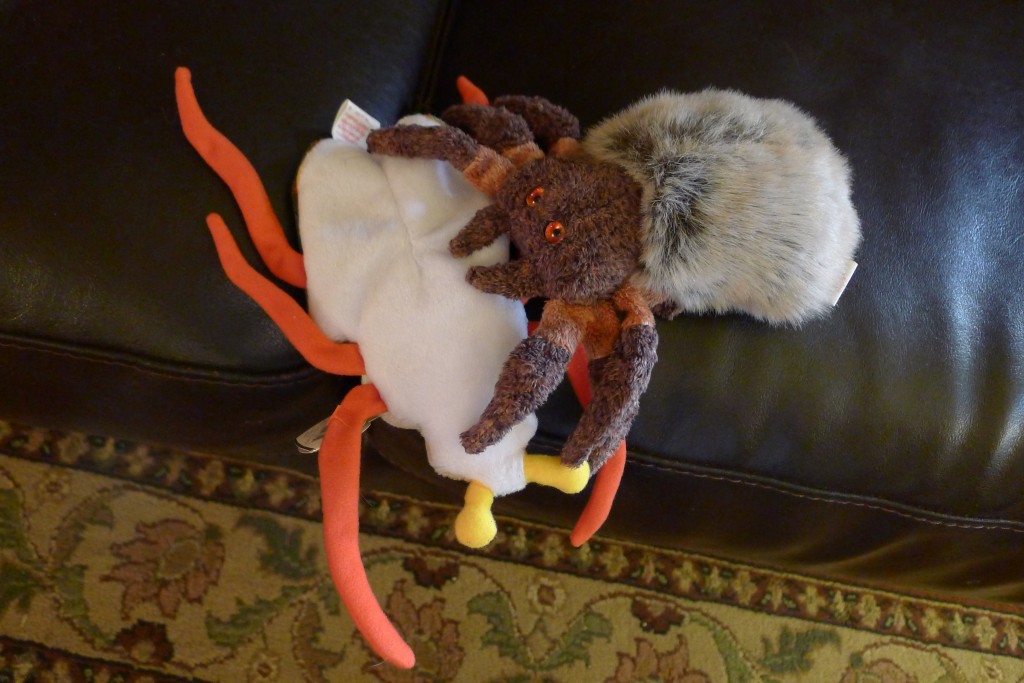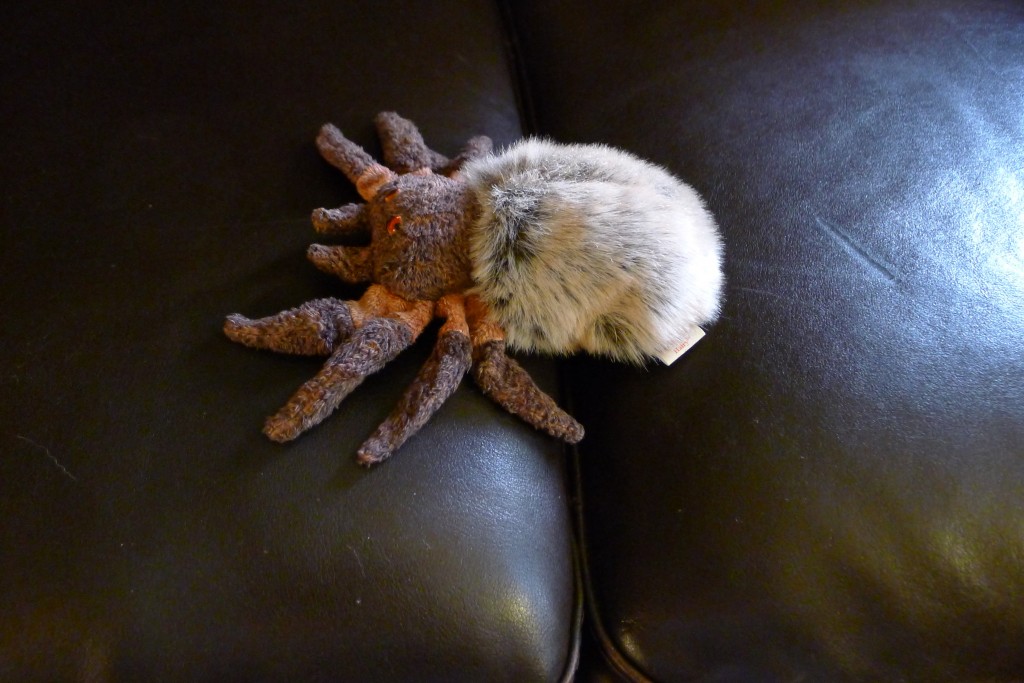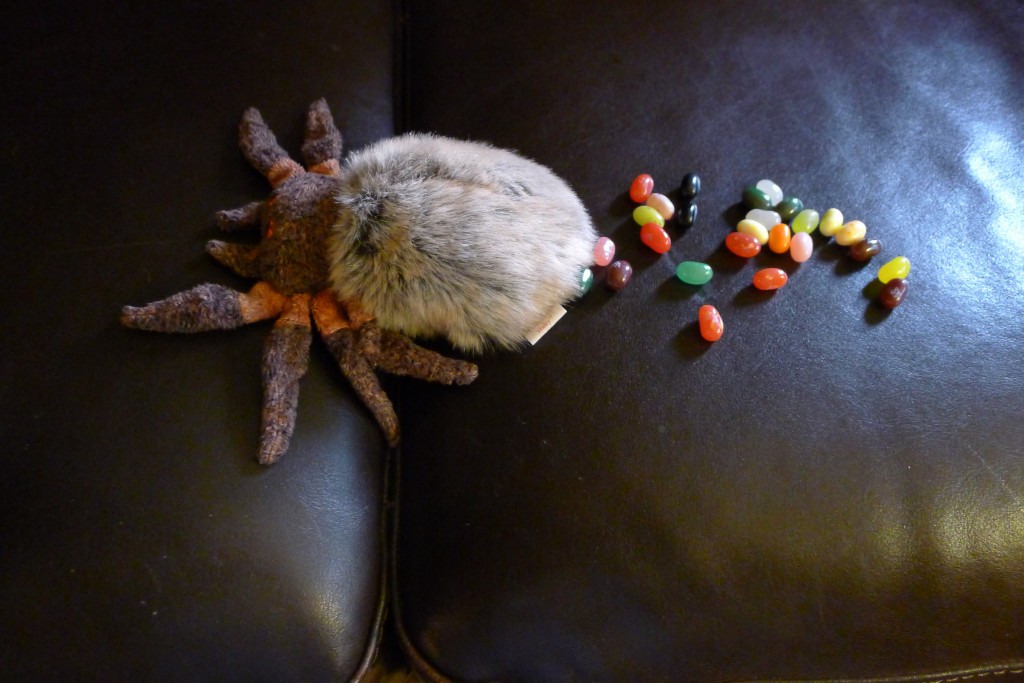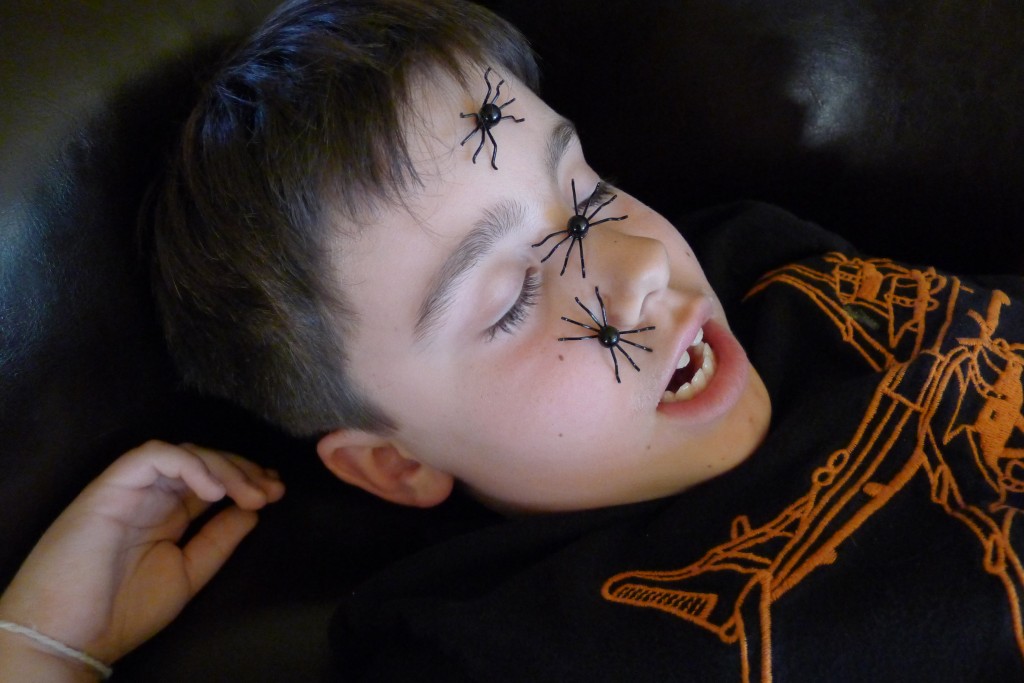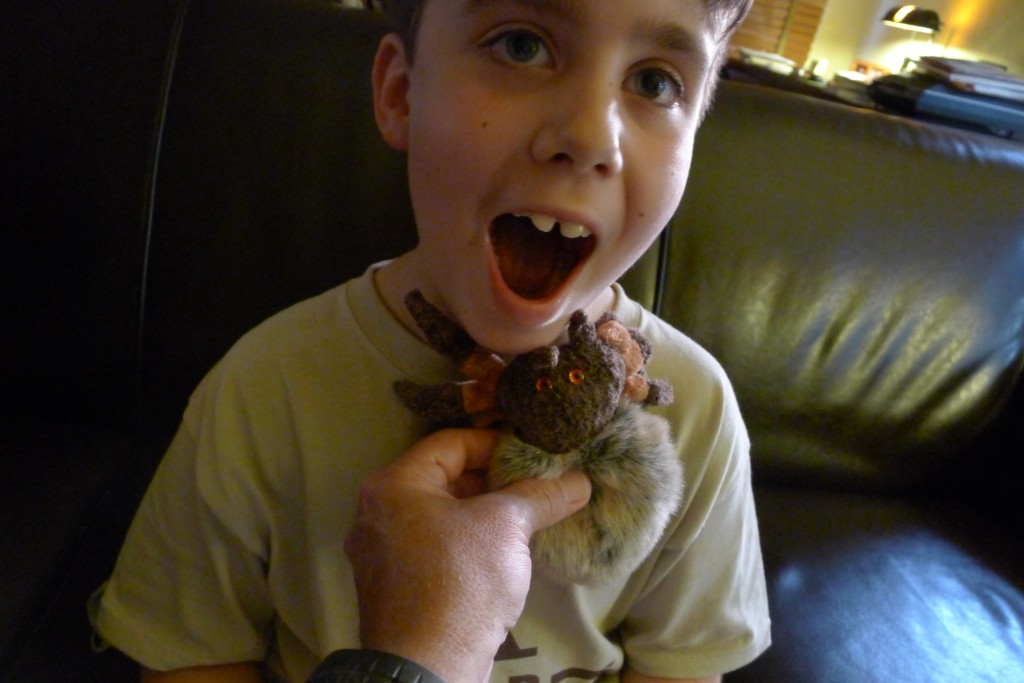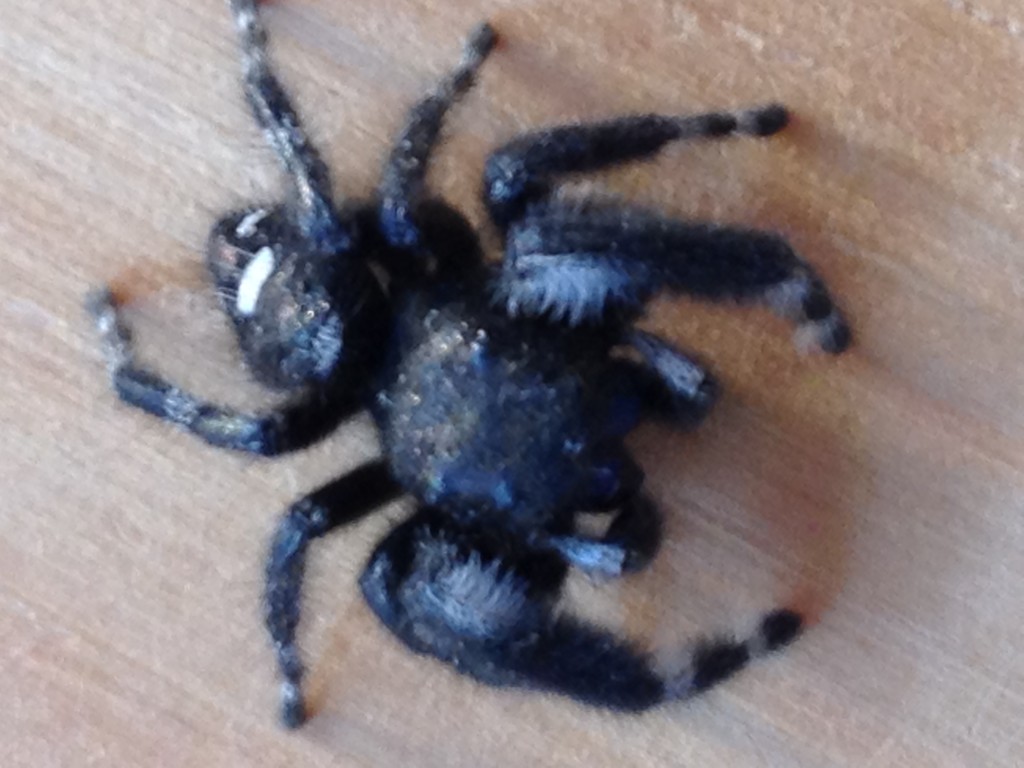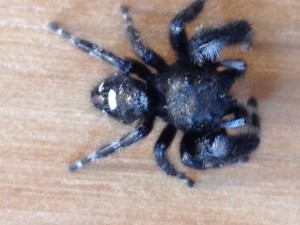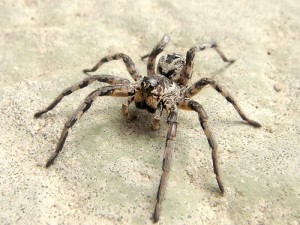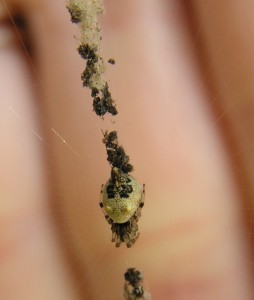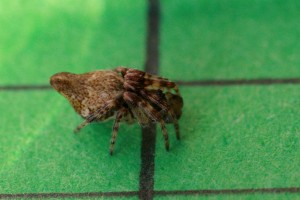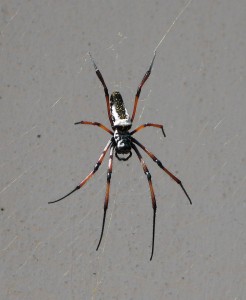How the West was widowed
Who says there’s nothing new under the sun? It’s certainly not true in sunny Southern California, land of novelty. Recently there was a modest flurry of news activity about the brown widow (Latrodectus geometricus), and the inroads this species has made in the Southland. Good science here, not rumor or Netlore, thanks to the work of the tireless Rick Vetter, recently retired UC-Riverside arachnologist, who has led brown widow surveys for some years and is the go-to guy for quotes about this critter.
What happens when the brown menace bites? “Mostly, nothing happens,” he tells the Los Angeles Times.
Seriously? Not even at Halloween?
The brown widow (not to be confused with the brown recluse, which is not native to California, at least the reality-based parts of our fair state) seems to have come out of nowhere. Black widows we’ve always had in abundance. The bulbous ladies of the night have long monopolized the venomous-beastie role all over the state and the West (it’s right there in the name, Latrodectus hesperus). In fact, black widows hiding in table grapes are estimated to be our No. 2 export, right behind Realtors.
Now the brown widows appear to be taking over black-widow turf. And so brazen! Black widows are secretive, hunkering down in woodpiles and crevices and pipes and other sheltered spots. Brown widows, on the other hand, will merrily set up shop under patio furniture, playground swings, the rim of potted plants. Black widows are literally yielding the field.
Here’s a photo—long in detail but short of focus—of a brown widow awaiting a meal in a Santa Ana backyard. It’s interesting to observe that classic widow profile and posture but on a spider of a different color. Mature brown widows wear a handsome khaki base color overlain with swirling pale designs on their upper abdomens. Their legs are banded and their hourglass badge is closer in color to a safety-orange than to the expected throbbing red. Even an amateur can identify one telltale sign of their presence: a milky-white egg sac shaped not like a cotton puff but like those round, spiky Japanese candies. They also look like the studded floating mines in an old submarine movie.
This night of the photo was a veritable widow convention: dozens of them lurking and dangling amid paving stones, the walls of raised beds, a chain-link fence, and the leaves of the household tomato garden. And not a single L. hesperus to be seen.
The geometric widow made a dandy news story, for several reasons. One, any spidery story sets a reporter’s heart a-thumping. And a spider actually venomous—twice good. But thrice was an angle you never see in ordinary coverage: the brown widow represented a decrease in perceived spider danger. How so? Again, it’s the venom: apparently the brown widow’s juice is less bad than the black widow’s. Or the spider injects less poison. Or it’s even less willing to bite than L. hesperus, which is saying something. So the news coverage had this wacky drama/comedy two-facedness, wherein reporters had to announce that this spooky new spider was spreading throughout SoCal while pointing out that it was giving black-hatted L. hesperus the boot.
Huh. Balance.
Well, I won’t let down my guard, not yet. Now that the brown widow has made the nightly news, balance or not, it’s time for half-heard information about its arrival to be distorted and waved around. There Will Be Bites—not necessarily real bites, but more of those unwitnessed, fantastic lesions blamed on the growing corps of Invisible Spiders, now with an L. geometricus battalion. People of a certain bent will stop blaming brown recluses or hobo spiders once their kids discover Snopes and tell them to stop being silly, but they’ll shift their panic over to the brown widow. Just watch.


